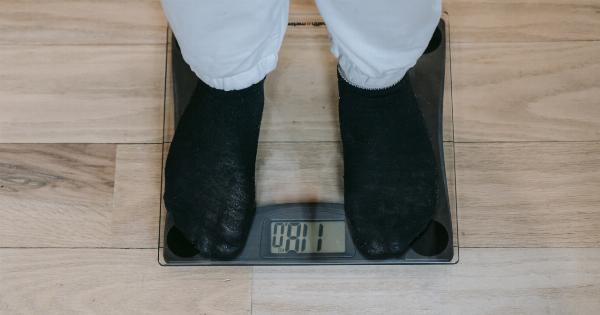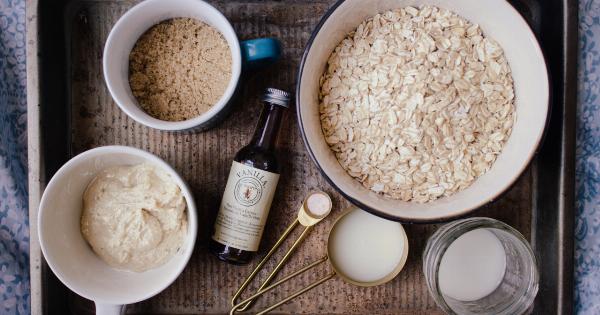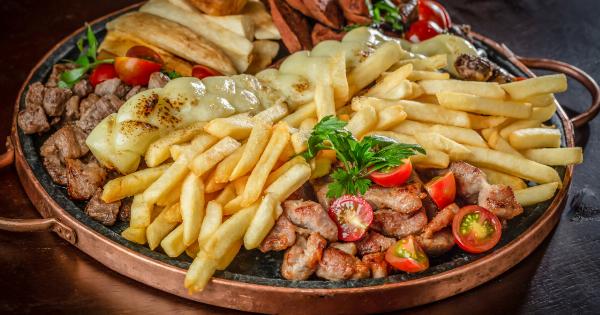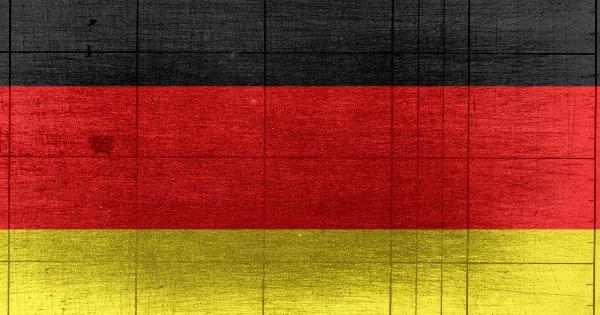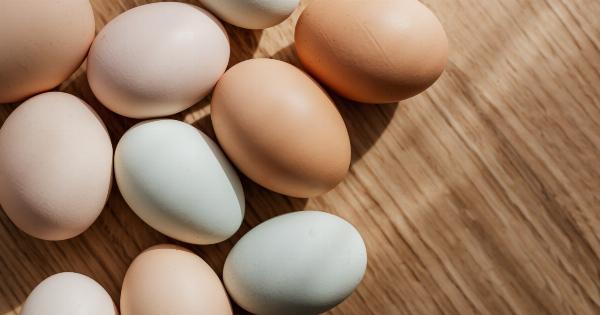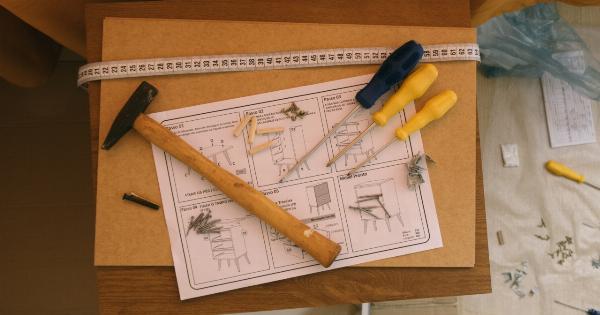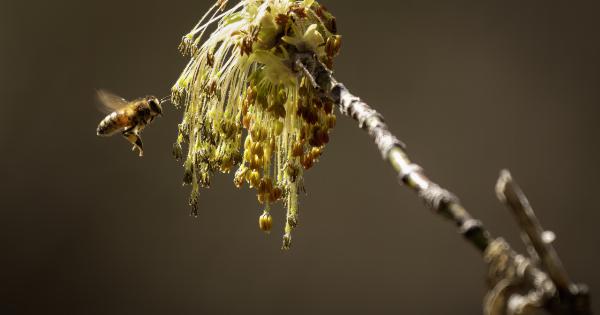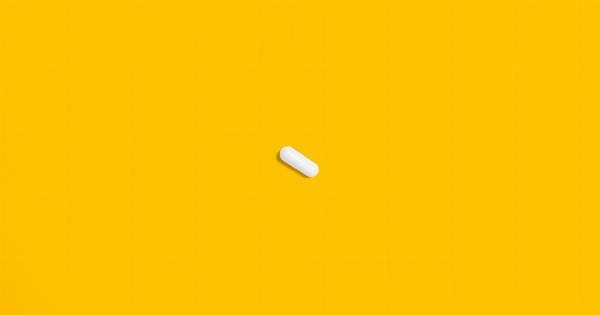Sugar analysis is a crucial aspect of food and beverage industry, as well as in medical and scientific research.
Accurate measurement and identification of sugars is essential for quality control, nutritional labeling, and understanding the impact of sugars on health. However, there are certain inaccuracies that can arise during sugar analysis, which can affect the reliability of the results. In this article, we will explore some common inaccuracies in sugar analysis and the challenges associated with them.
1. Interference from Other Compounds
An issue in sugar analysis arises when other compounds in a sample interfere with the measurement of sugars. Many food and biological samples contain other carbohydrates, organic acids, or volatile compounds that can interfere with sugar analysis.
These interferences can lead to errors in quantification or misidentification of sugars present in the sample.
2. Matrix Effects
Matrix effects refer to the influence of the sample matrix on the analysis of sugars. Different sample matrices can affect the analysis differently, resulting in variations in sugar measurements.
For example, the presence of proteins or lipids in a sample can cause changes in pH, viscosity, or ionic strength, leading to altered sugar measurements.
3. Analytical Techniques
The choice of analytical technique for sugar analysis can also contribute to inaccuracies. Different methods like chromatography, spectrophotometry, or enzymatic assays have their advantages and limitations.
Each technique may have interferences, specific ranges of detection, or limitations that need to be considered when analyzing sugars. The accuracy of the results can vary depending on the technique chosen and the expertise of the analyst.
4. Sample Preparation
Sample preparation is a crucial step in sugar analysis. Improper preparation methods can lead to inaccuracies in quantification or identification of sugars.
Factors such as sample homogeneity, extraction efficiency, and removal of interfering compounds need to be carefully addressed during sample preparation to ensure reliable results.
5. Calibration Standards
The accuracy of sugar analysis heavily relies on the use of appropriate calibration standards. The calibration standards should be traceable to internationally recognized standards, accurately labeled, and stable over time.
Inaccurate or unstable calibration standards can introduce errors and uncertainties in the analysis of sugars.
6. Instrument Calibration and Maintenance
Regular calibration and maintenance of the analytical instruments are critical to obtaining accurate sugar measurements.
Instruments such as HPLCs, GCs, and spectrophotometers require periodic calibration using appropriate standards to ensure reliable results. Lack of calibration or improper maintenance can lead to drifts in measurements and inaccuracies in sugar analysis.
7. Sample Storage and Stability
The stability of sugars in samples and during storage is another factor that can affect the accuracy of sugar analysis. Some sugars may degrade or undergo chemical changes over time, leading to inaccurate measurements.
Proper storage conditions, such as temperature, light exposure, and pH, should be maintained to ensure the stability of sugars in samples.
8. Limitations of Detection
Sugar analysis methods have limitations in the range of detection for different sugars. Some methods may not be sensitive enough to detect trace amounts of certain sugars, which can result in underestimation or complete omission of their presence.
Understanding the limitations of the analytical method and choosing appropriate techniques for specific sugars is crucial for accurate analysis.
9. Human Error
Human error is an unavoidable aspect of any analytical process, including sugar analysis. Mistakes in pipetting, sample handling, or data entry can introduce inaccuracies in sugar analysis.
Proper training, adherence to protocols, and double-checking procedures can minimize human errors, ensuring more reliable results.
10. Standardization and Quality Control
To mitigate inaccuracies in sugar analysis, standardization and proper quality control measures should be implemented.
Regular participation in proficiency testing programs, inter-laboratory comparisons, and implementation of internal quality control procedures can help identify and rectify any inaccuracies in sugar analysis.
Conclusion
Inaccuracies in sugar analysis can arise from several factors, including interference from other compounds, matrix effects, choice of analytical techniques, sample preparation, calibration standards, instrument calibration and maintenance, sample storage and stability, limitations of detection, human error, and lack of standardization and quality control. Understanding and addressing these inaccuracies is crucial for obtaining reliable results in sugar analysis, which is essential for various industries and research fields.


